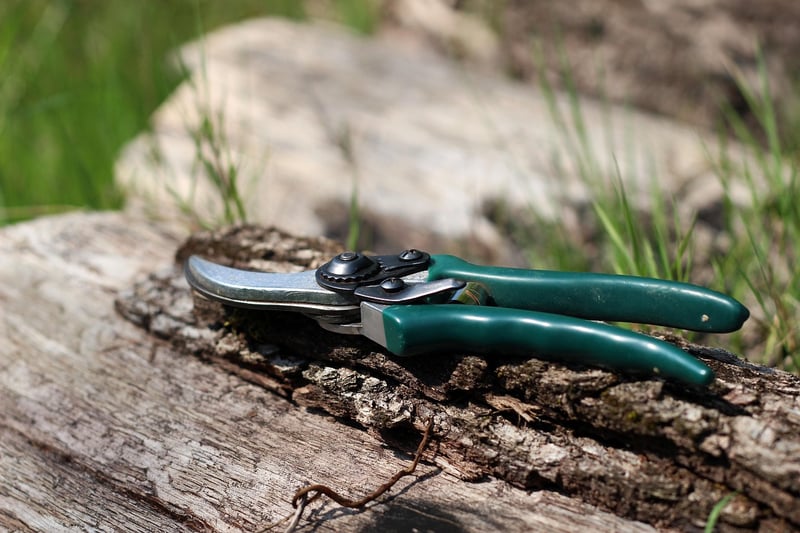Pruning Practices
How to Keep Your Vertical Garden Healthy
Introduction
Vertical gardens are a beautiful way to bring greenery into small spaces and create a lush, vibrant atmosphere. To ensure your vertical garden stays healthy and thrives, proper care and maintenance are essential. In this article, we'll explore some tips and best practices to help you keep your vertical garden in top condition.
1. Choose the Right Plants
Not all plants are suitable for vertical gardens. Select plants that thrive in your climate, require similar care, and have similar light and water needs. Consider using a mix of trailing, upright, and compact plants to create a visually appealing display.
2. Proper Watering
Ensure your vertical garden receives adequate water. The vertical orientation can cause water to drain quickly, so check the moisture levels regularly. Consider installing a drip irrigation system or watering from the top and letting the excess water trickle down to ensure all plants receive sufficient hydration.
3. Adequate Light
Place your vertical garden in a location that receives the right amount of sunlight for the plants you have chosen. Monitor the light levels and adjust the positioning of your garden if needed to ensure all plants receive adequate sunlight for healthy growth.
4. Fertilize Regularly
Vertical gardens may need more frequent fertilization due to the limited soil volume. Use a balanced fertilizer to provide essential nutrients to your plants and promote healthy growth. Follow the instructions on the fertilizer packaging for the best results.
5. Pest Control
Keep an eye out for pests that may affect your vertical garden. Check your plants regularly for signs of infestation and take appropriate measures to control pests. Consider using natural remedies or insecticidal soaps to protect your plants without harming the environment.
Pruning Practices for Vertical Gardens
1. Regular Maintenance
Pruning is essential for maintaining the health and appearance of your vertical garden. Regularly trim dead or yellowing leaves, spent flowers, and overgrown branches to promote new growth and prevent disease spread.
2. Shape and Size Control
Prune your plants to control their shape and size within the vertical garden. Trim back any unruly growth to maintain a neat and compact appearance. Pay attention to the growth habits of each plant species to prune them correctly.
3. Promote Air Circulation
Pruning helps improve air circulation within the vertical garden, reducing the risk of fungal diseases and promoting overall plant health. Trim dense areas to allow light and air to reach all parts of the plants, preventing moisture buildup.
4. Timing
Prune your plants at the right time to encourage healthy growth. Avoid heavy pruning during the peak growing season as it may stress the plants. Instead, trim lightly throughout the year to maintain shape and promote new growth.
Conclusion
By following these tips for maintaining a healthy vertical garden and practicing proper pruning techniques, you can create a lush and thriving green space in any setting. Regular care, attention to plant needs, and timely pruning will ensure your vertical garden remains a stunning focal point for years to come.


